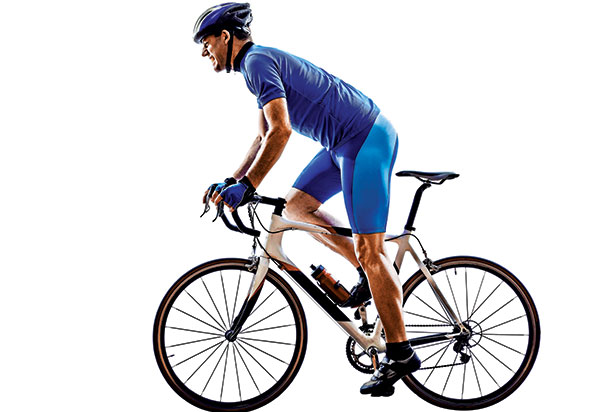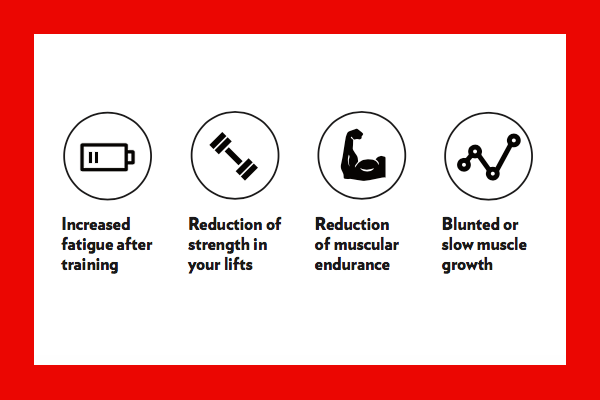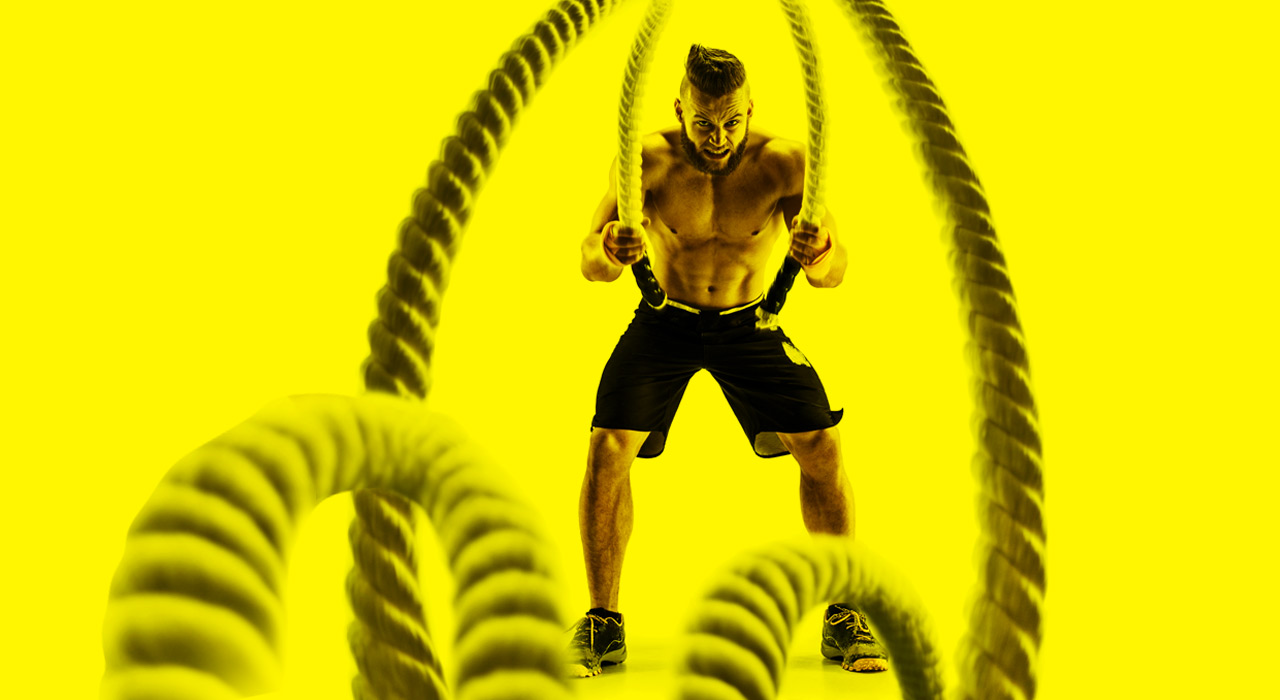Don’t let the treadmill blackmail you out of your hard-earned muscle, but does cardio build muscle? IFBB Pro Brandan Fokken, teaches you the tactics to do the impossible: build muscle while leaning out.
Does cardio build muscle?
Most lifters who’ve done mass building programs know calorie balance is crucial to muscular development, grasping the basic concept that if you want to grow better and faster, simply lift heavy and don’t spend an hour on the treadmill.
This is basically true for most people who have been training for a while. However, it’s not entirely true in all situations – because some people will actually gain muscle with just cardio alone.

Consider this: when muscles were studied for physiological development on a genetic level, responses that promote cell growth, nutrient, oxygen and energy levels have been noted in favorable amounts after consistent bouts of endurance exercise.
Conversely, there were also catabolic (muscle wasting) reactions after strength training.
The potential for growth is evident in theory and practice, but how much and what kind of cardio? And then, for whom is it best suited?
What intensity of cardio builds muscle?
For both men and women, regardless of age, short-term hypertrophy is very similar in strength and aerobic training. Responses including (but not limited to) increased anabolic signaling, muscle protein response and amino acid delivery, as well as decreased inflammation, lessened protein and DNA damage.
What is destructive are long-term low levels of aerobic endurance exercise, like marathon training.
Once your body is given more time to adapt to the low intensity work, the exercise becomes detrimental to goals for muscle gain.
What you’ll be looking for is a minimum level of 80% of heart rate reserve in order to promote muscle gain, so for those who are living a more sedentary lifestyle, and even more so in the elderly, less frequency and intensity of aerobic training is actually needed for muscle growth.
However, for younger and more active people, intensity needs to be amped up a little in order for cardio to burn fat and build muscle.

Which cardio exercises build muscle?
Most research is geared to look at cycling verses running, and this shows riding is way better for promoting muscle gain because running is so similar to daily life movement.
Even at higher intensities, cycling has been found to be the least effective activity for promoting muscle growth. Therefore you could assume kettlebell work, swimming and battle ropes, when performed at high intensities, will have similar effects on muscle growth. They may even be better at this job, depending on your lifestyle.
To make sure you’re training to lose fat and gain muscle, instead of the other way round, use this cardio cheat sheet for someone who is an absolute beginner:
1. Intensity should be high: 80% of HRR or more.
2. It’s best to do cardio 3-5 days a week on average. Older individuals require fewer days than younger athletes.
3. Modalities vary in efficacy, but the less unfit you are, the likelier you’ll gain muscle from light jogging and walking.
4. For the best results, training for 30-45 minutes is usually the best practice.
5. Your body will adapt quickly, roughly in 3-4 months, so hypertrophy from aerobic training will plateau.
Your training experience matters
What are your prospects if you’ve been at it for a while? Well, this is where it gets more complicated because after adaptation to exercise has been achieved – and your fitness levels improve – aerobic training will lead to an increased risk of ‘chronic interference’, meaning your body has an upper limit “shut off” switch.
Eventually both forms of training become so demanding, the body cannot adapt to each in an advantageous way. When aerobic training is paired with resistance training, as you might do when managing weight or improving sports performance, it’s called ‘concurrent’ training.
Most people will do their cardio either directly before or after resistance training, and possible results can be as small as increased fatigue to overtraining and actual muscle wasting. This is when cardio can and does cause you to lose muscle.
Below are the the warning signs that you’re doing too much cardio:

Growing pains
If you want to continue to see muscle growth as a result of your training, know that your cardio must have some limitations. Cardio and muscle building don’t necessarily go hand in hand.
This isn’t to say that these apply to those looking to drop body fat most effectively and maintain muscle, because this is a different scenario altogether. And the same logic applies to athletes looking to improve performance while maintaining muscle size.
If this is you, then these are the rules to live by if you’re looking to improve aerobically, while still gaining muscle:
1. Keep your frequency low: 1-2 times a week is preferable.
2. Keep your intensity on the lower end of your personal aerobic range. High intensity causes more fatigue, as do longer training times.
3. You’ll be best served to separate your resistance training workouts and your cardio workouts, ideally performed on separate days. But if you need to do them on the same day, it’s advised to give yourself a few hours (six or more) between workouts for recovery.
So, in summary, does cardio build muscle or burn it off? It depends on your genetics, training age, intensity and mode of cardio. Some of these things you can control and some you can’t, but taking care of the things you can and following these tips will stack the deck in favor of your gains.
For more articles like does cardio build muscle or burn it, nutrition, and workouts, get TRAIN magazine direct into your inbox every month for free by signing up to our newsletter







